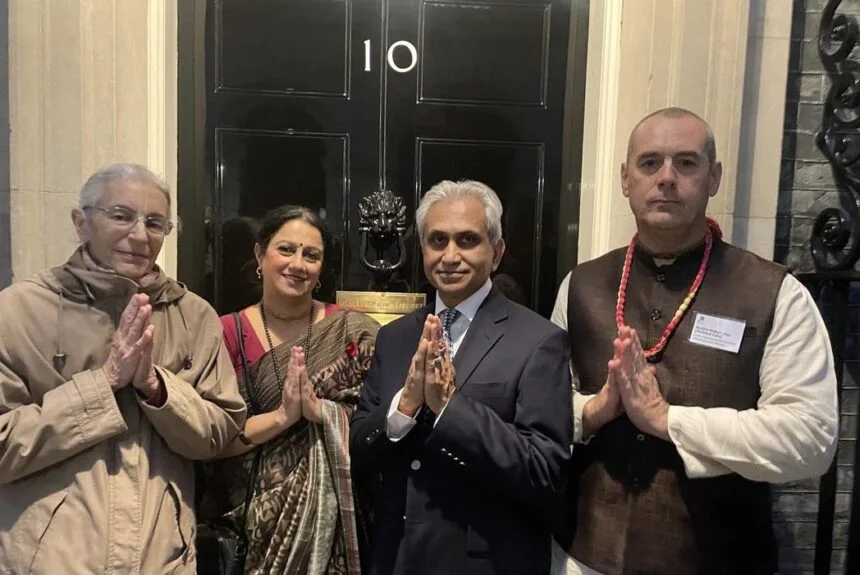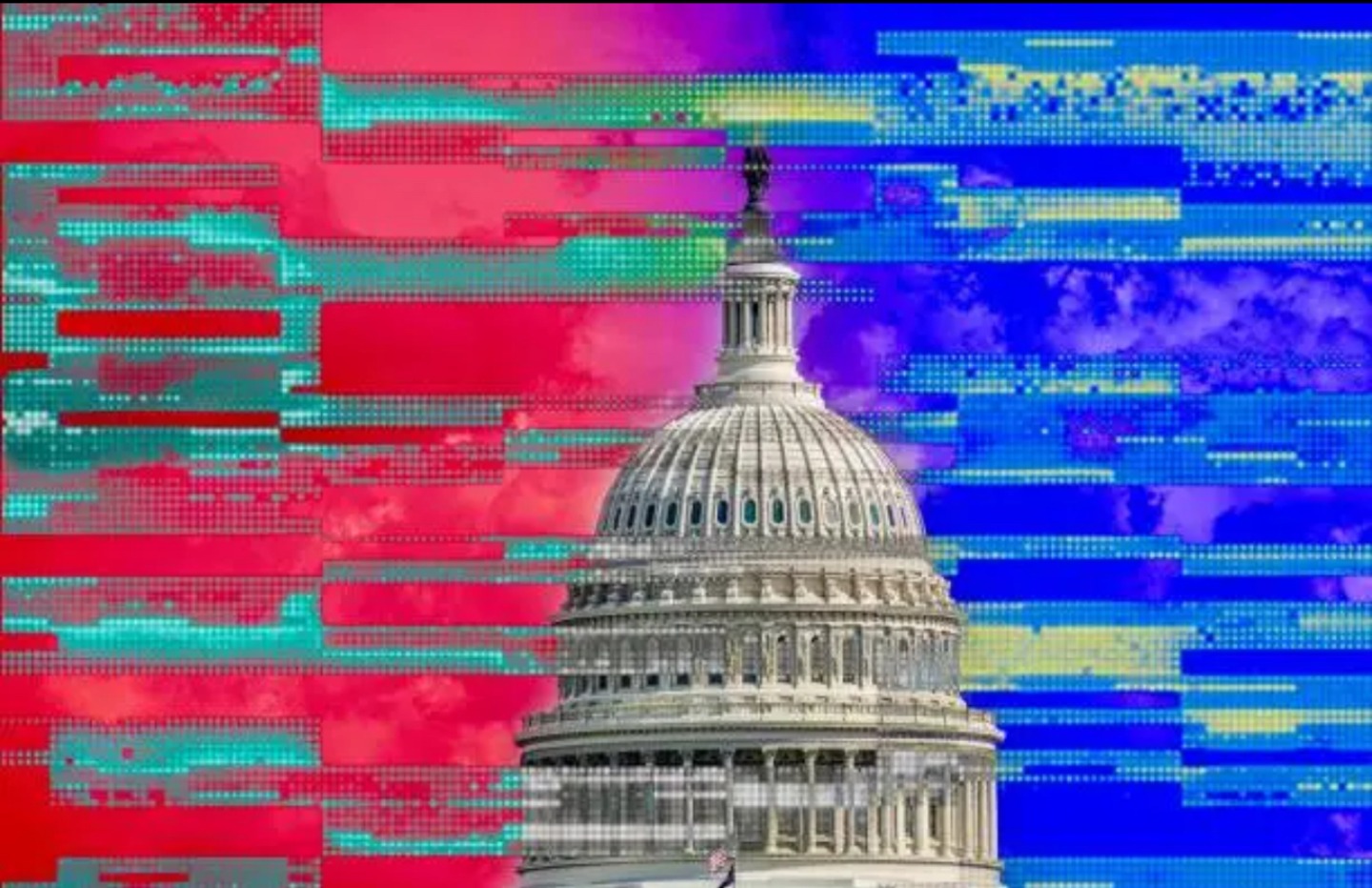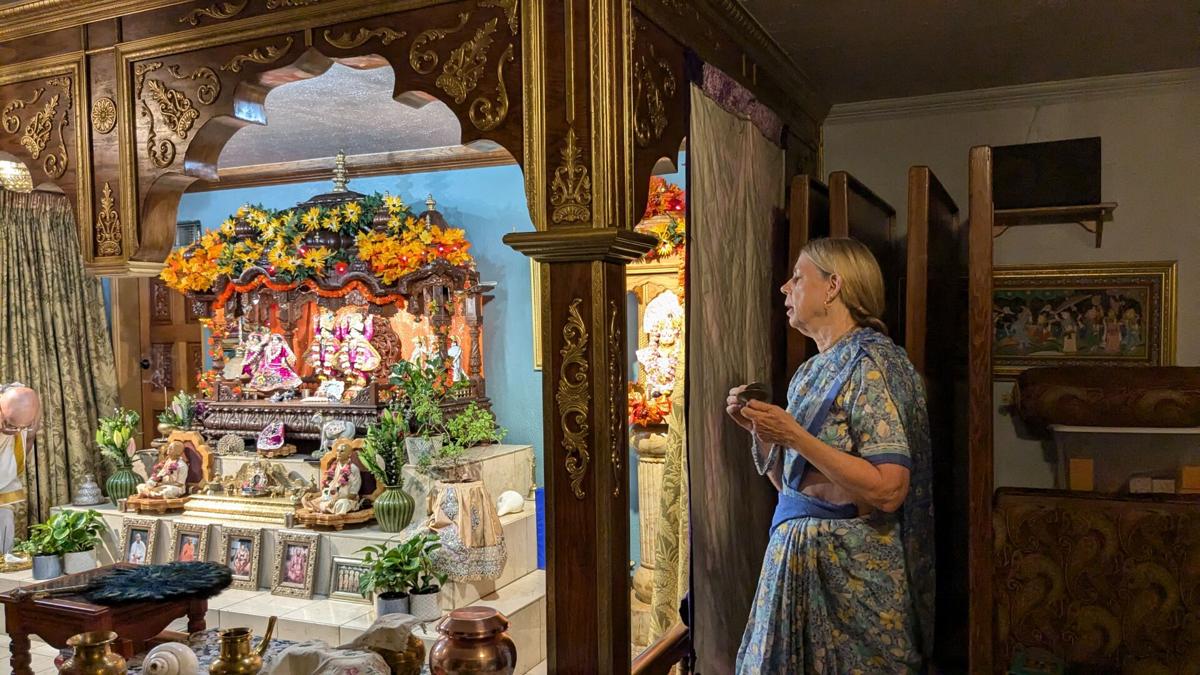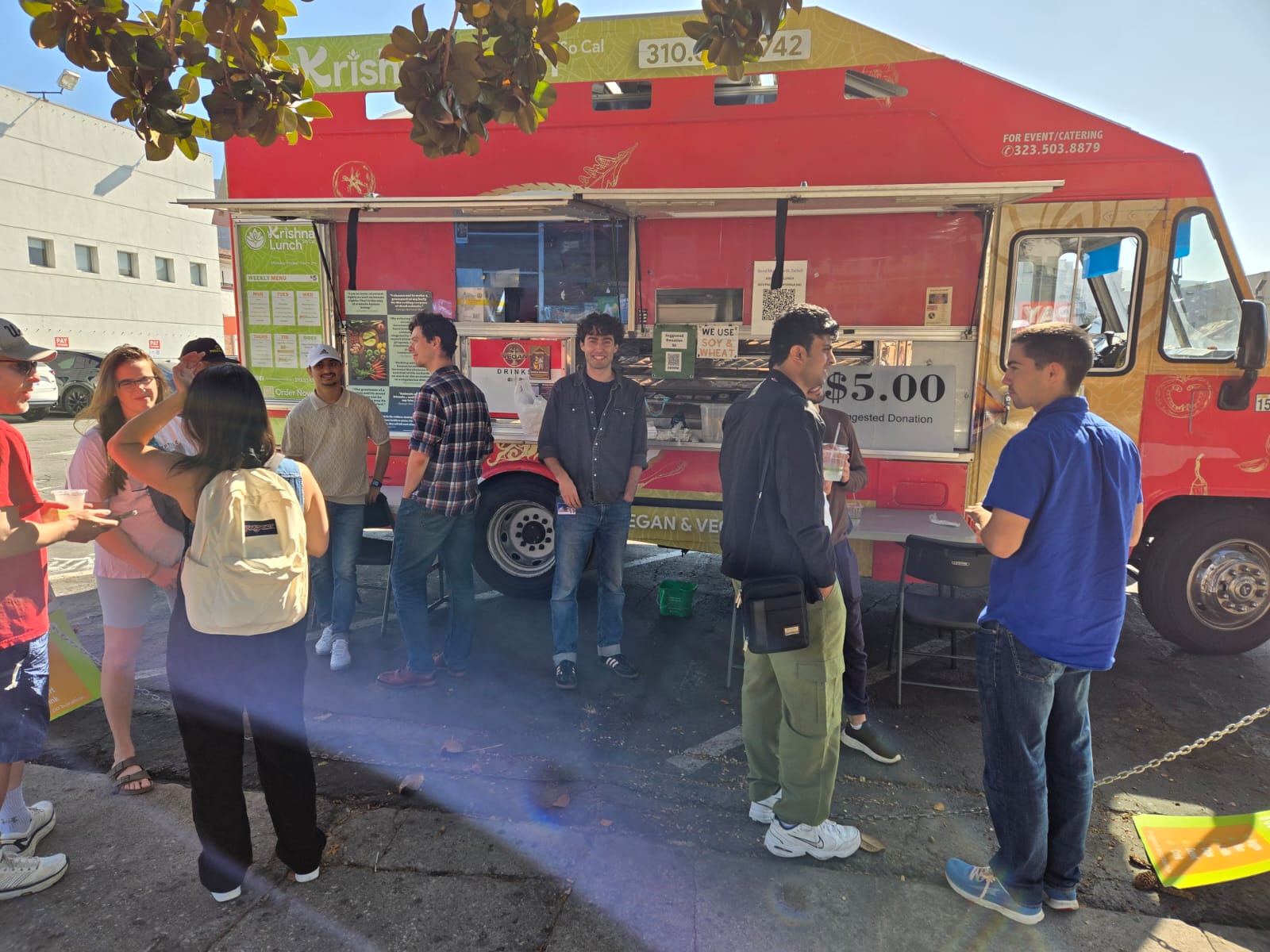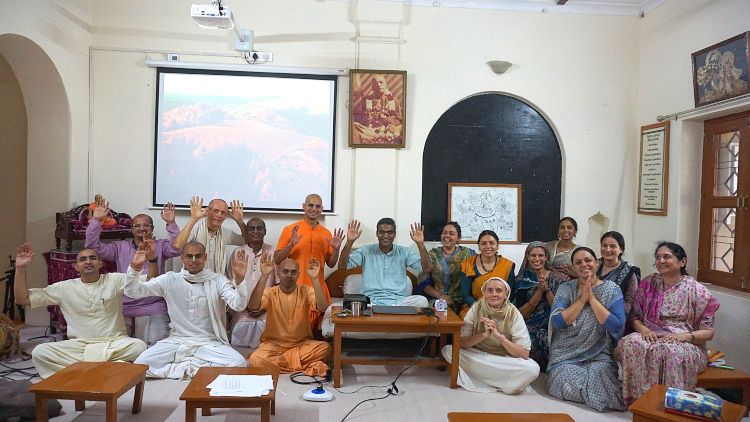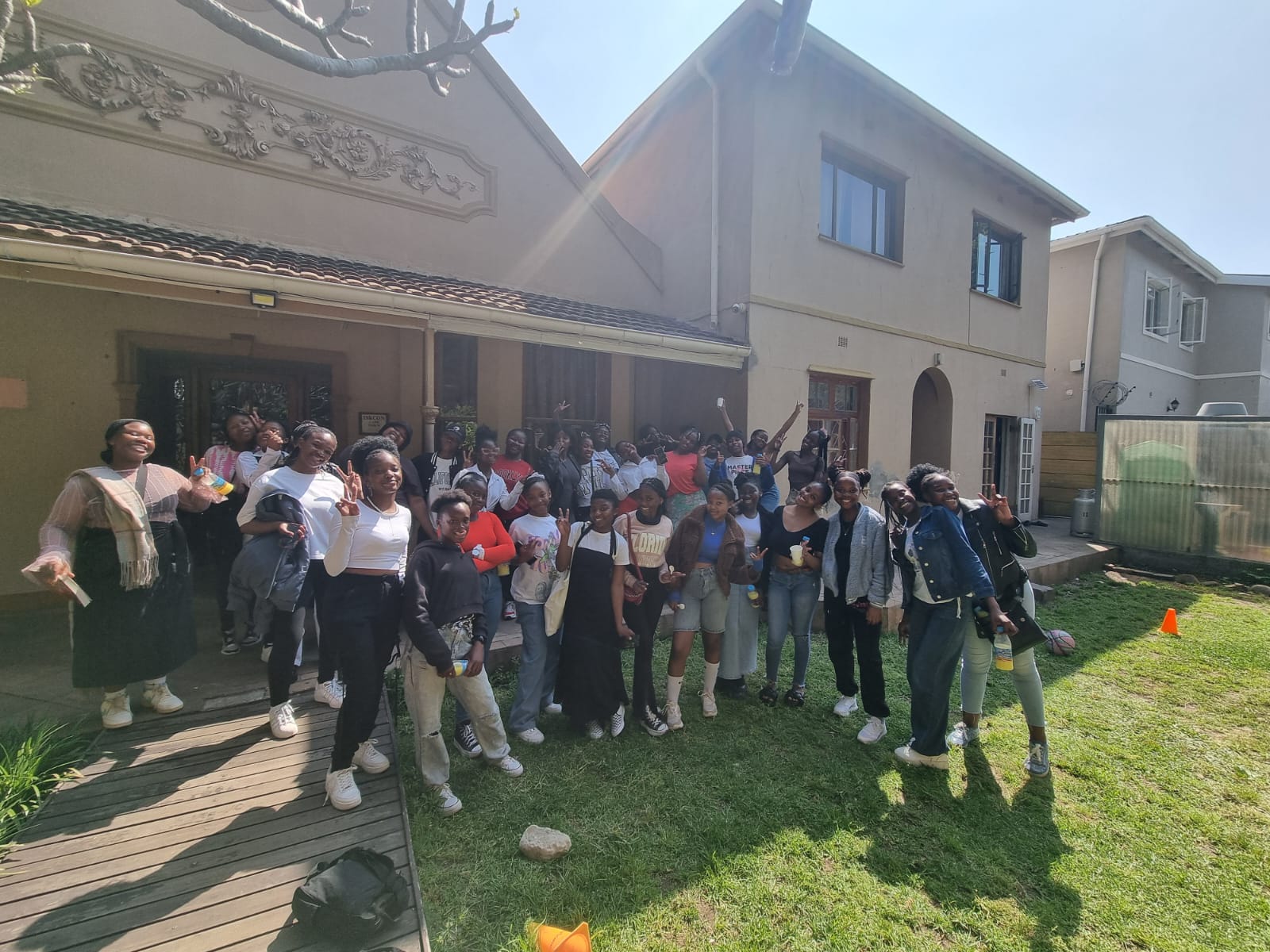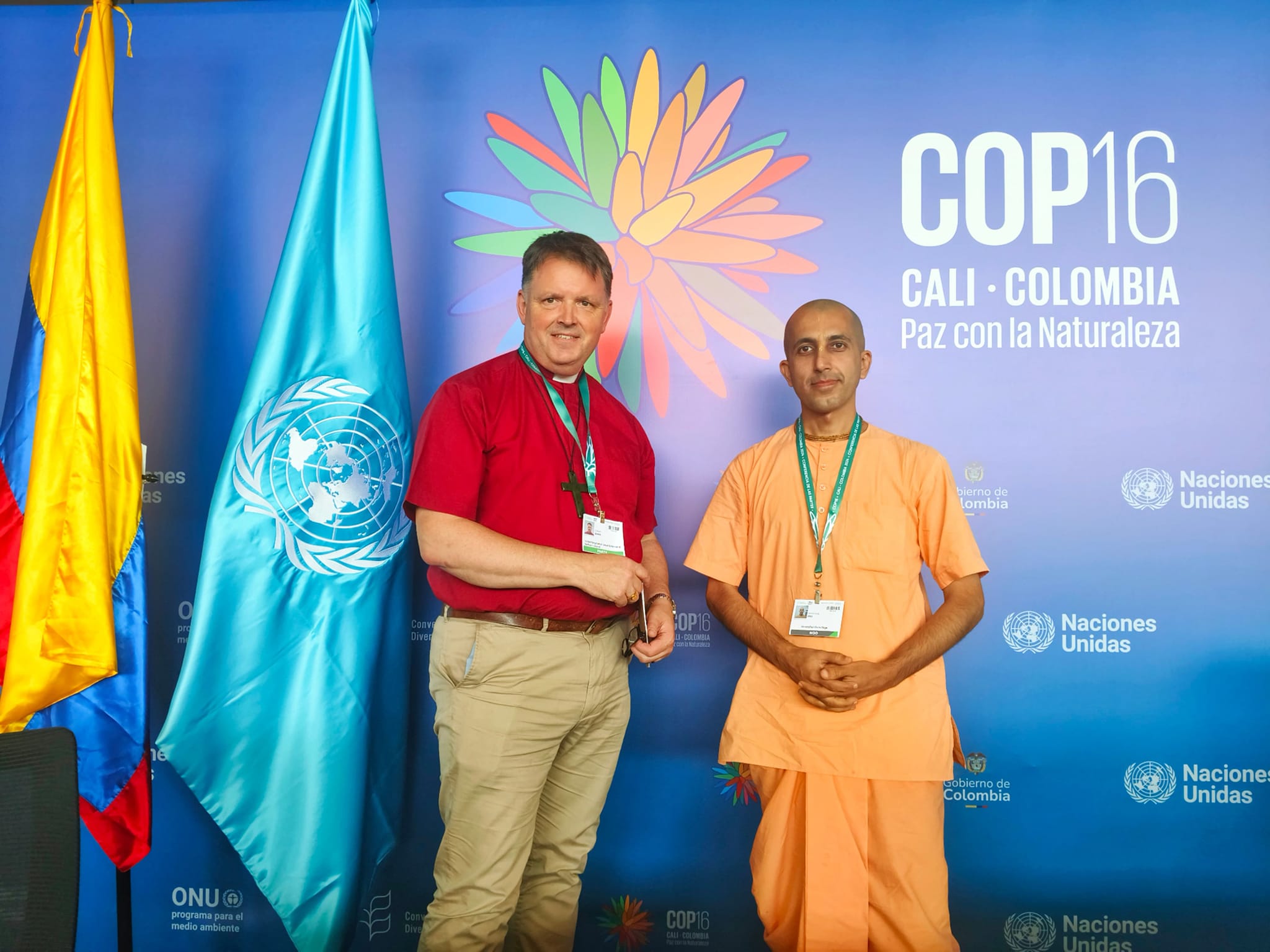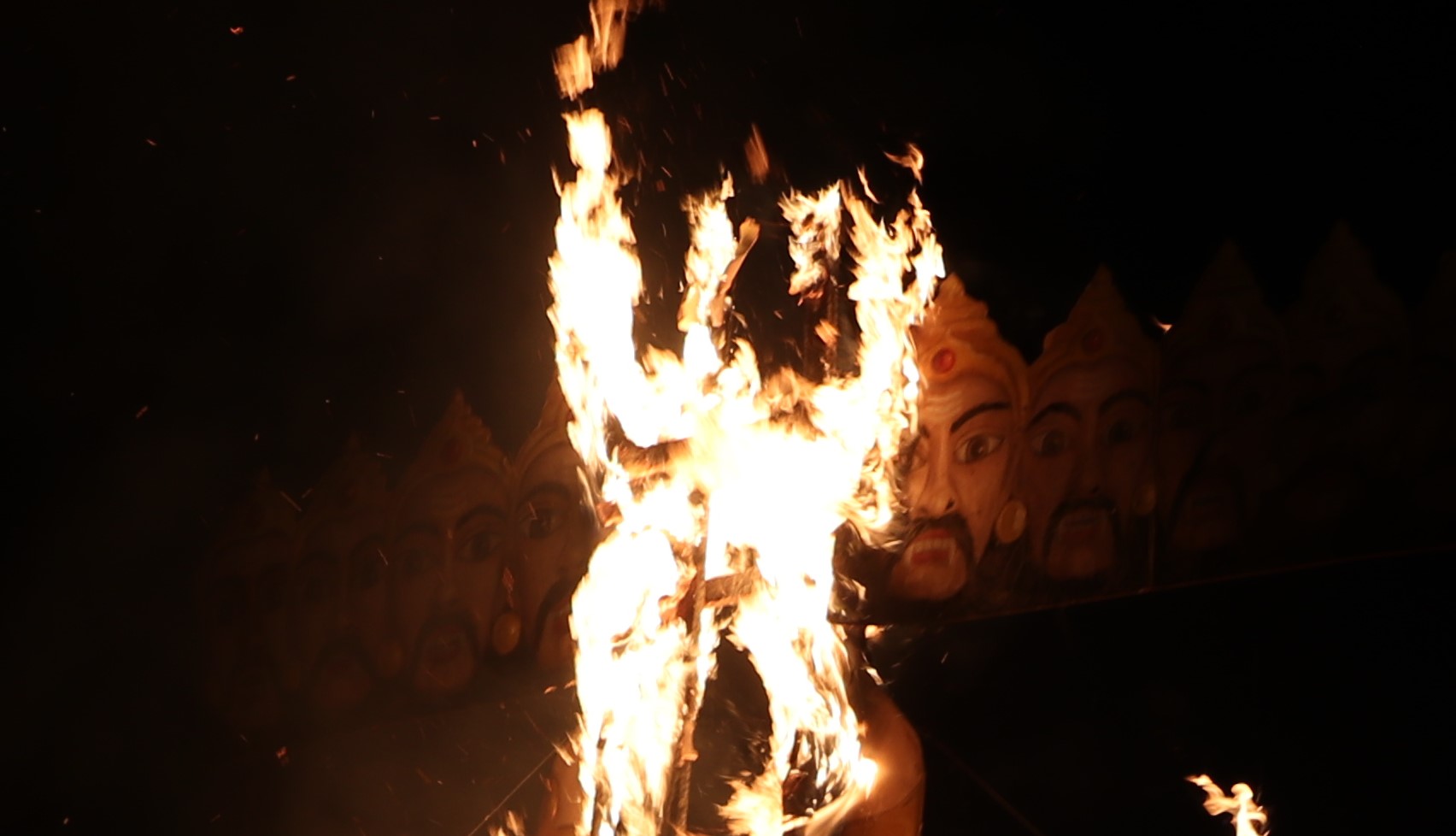Anxiety Turns to Sweetness As Ratha Yatra Hits Durban
By Champakalata Dasi | Янв 01, 1901
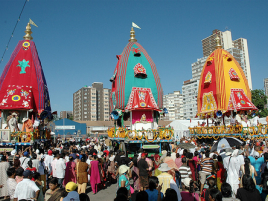
On April 2nd—Good Friday—the colorful spiritual carnival that is Ratha Yatra transformed the streets of Durban, South Africa for the 22nd time, as Jagannath, the Lord of the Universe, bestowed his mercy upon citizens for four consecutive days.
But with local devotees just pulling off yet another difficult campaign to have the festival, after years of similar challenges, it’s a triumph not to be taken for granted.
Back in 1988, when then ISKCON Durban president Indradyumna Swami decided to fulfill Srila Prabhupada’s instruction to hold the ancient Festival of Chariots on Durban’s beachfront, he couldn’t have foreseen the trials that lay ahead.
In the height of the apartheid era, with a white-run City Council, obtaining permission for the festival was a formidable task. Eventually, however, devotees succeeded and Ratha Yatra was held over the Christmas weekend with great support from locals and tourists alike.
But the battle had only just begun. When the festival grew over the years from a two-day to a four-day event due to its overwhelming popularity, local authorities claimed that it added to the traffic congestion on Durban’s prestigious “Golden Mile” during the Christmas festive season and must be rescheduled to another date.
So Ratha Yatra was moved to the Easter weekend, and to a larger venue just across the street from the beach. Soon, the festival became renowned for its free vegetarian meals and free admission policy, as well as for its top local and international cultural entertainment.
But then the City Council raised concerns that the free food distribution was attracting vagrants to the Beachfront. Although this wasn’t true, festival organizers decided that during the event they would transport meals to various shelters and impoverished areas to prevent further such claims.
And so time passed by, with increased challenges every year. More recently, in 2009, devotees managed to secure the festival site only a month before the scheduled festival, and only as a result of a direct meeting with the City Manager. Even then, he cautioned them that the venue would not be available in 2010 as construction work was in progress in anticipation of the soccer World Cup.
So as 2010 approached, the Ratha Yatra organization committee began to search for alternate venues. Yet while the City Council offered various plots of land, none were suitable. When devotees finally found one that was—the former Durban Drive-In—it turned out to have already been reserved by the international soccer association FIFA from April 1st onwards, making it unavailable for Ratha Yatra’s set date of Easter weekend.
The Council then offered to negotiate on ISKCON’s behalf. But after two months of waiting on City Hall for the status of their application—and being promised every week that they would get a response the following week—the devotees realized that time was stealthily passing by and that the chances of obtaining the proposed site were extremely bleak.
What’s more, with no venue confirmed, resources for the festival, such as tents, sound equipment, cultural performers, and advertising could not be hired.
By the time Gaura Purnima came around on February 28th, the Ratha Yatra committee were extremely apprehensive. They met to consider various options for the festival, which was scheduled to be just over a month away, including postponing it until after the World Cup.
Anxiety was mounting. Without a definite venue, fund-raising couldn’t commence, and by this stage, even if they did find a venue, would there be enough time to put the festival together?
Addressing the Durban congregation, president of ISKCON KwaZulu-Natal Svarupa Damodar Dasa urged the devotees to pray to Lord Jagannath to bestow His mercy upon them and relieve them from all anxiety.
The Lord of the Universe answered their prayers. On March 5th, a location just two blocks away from the Durban Beachfront was confirmed. Devotees steamed ahead with preparations for the festival, and, miraculously, everything fell into place within just three weeks.
Over 35 tents were erected, housing exhibits, Indian clothing, a gift bazaar, Krishna Art, Vedic literature, multi-media, food courts, wellness and cooking demonstrations, a Jagannath temple, and cultural entertainment. Other tents provided showcases for Food For Life and temple projects, as well as japa meditation and spiritual discussion workshops.
Twelve ISKCON Swamis, including Indradyumna Swami, Jayadvaita Swami, Bhakti Bringa Govinda Swami, Bhakti Marg Swami and Bhakti Chaitanya Swami jetted into Durban just for the festival.
At midday on Good Friday, the festival gates opened to visitors.
Despite an intensive radio and newspaper advertising campaign, the organizers were worried—would the new venue draw as many guests as previous Ratha Yatras had?
Then the visitors began to stream in. Many were heard favourably commenting on the new location’s ample parking and sense of security. Guests felt carefree and relaxed in the new environment, free to focus on enjoying the cultural extravaganza that awaited them.
During the festival’s official opening ceremony, Durban Deputy Mayor Councillor Logie Naidoo and Indian Consul General Mr Anil Kumar Sharan joined ISKCON leaders in ceremonially bathing a larger-than-life Deity of Sri Chaitanya Mahaprabhu, and expressed their great appreciation for ISKCON’s tireless efforts in promoting Vedic culture.
On Saturday, thousands of onlookers gathered as the three fifty-foot high chariots carrying Jagannath, Baladeva and Subhadra were pulled behind a procession of chanting, dancing devotees, led by gumboot, Zulu, and Indian dancers.
Every evening of the four-day festival, the 2,000 seater cultural entertainment tent was packed to capacity. Entertainment highlights included cross-cultural Zulu-Indian fusion dances, and a drummer/dancer face-off in which kathak dancers wearing ankle bells had to keep pace with the increasing tempo of jembe, tabla and mridanga drums. Also extremely popular with audiences were the Bhakti Marg Swami produced and directed dramas “Lonely People” and “The Three Lives of Bharat,” which had the crowds mesmerised.
Every morning at 2am, a team of over 30 devotees would begin cooking 80 huge pots of Briyani rice, dahl and subji for free distribution at the festival. By sunrise, the sanctified prasadam food would be ready for transportation in special insulated trucks to the festival site, where it would be distbuted to an average of 50,000 guests each day. Meanwhile the serving teams worked with incredible efficiency, ensuring that no one had to wait in line more than three minutes to be served.
Several newspapers and radio stations covered the event, while radio DJs were heard commenting on the delicious meals and amazing entertainment they had enjoyed for days after the festival.
On Monday evening, as a cool sea breeze filtered through the tents, devotees again prepared to pull the chariot of Their Lordships Jagannath, Baladeva and Subhadra. This time, however, the chariot was enveloped with thousands of fairy lights which twinkled against the backdrop of the night skies.
Later that night, as the curtains came down on Durban’s 22nd annual Ratha Yatra festival, the devotees reveled nostalgically in an ecstatic kirtan led by His Holiness Bhakti Bringa Govinda Swami, showing no signs of exhaustion… only of sadness that they would have to wait another whole year before they could relish Lord Jagannatha’s mercy all over again.
The anxieties that their Lord has put them through, they feel, have always resulted in a sweeter sense of satisfaction, when yet another Ratha Yatra comes to a victorious end.
See more photos of Durban Ratha Yatra здесь






